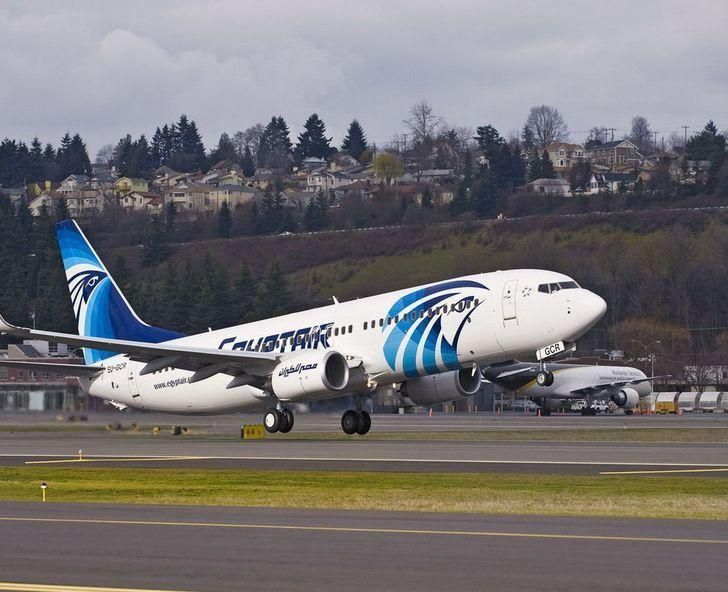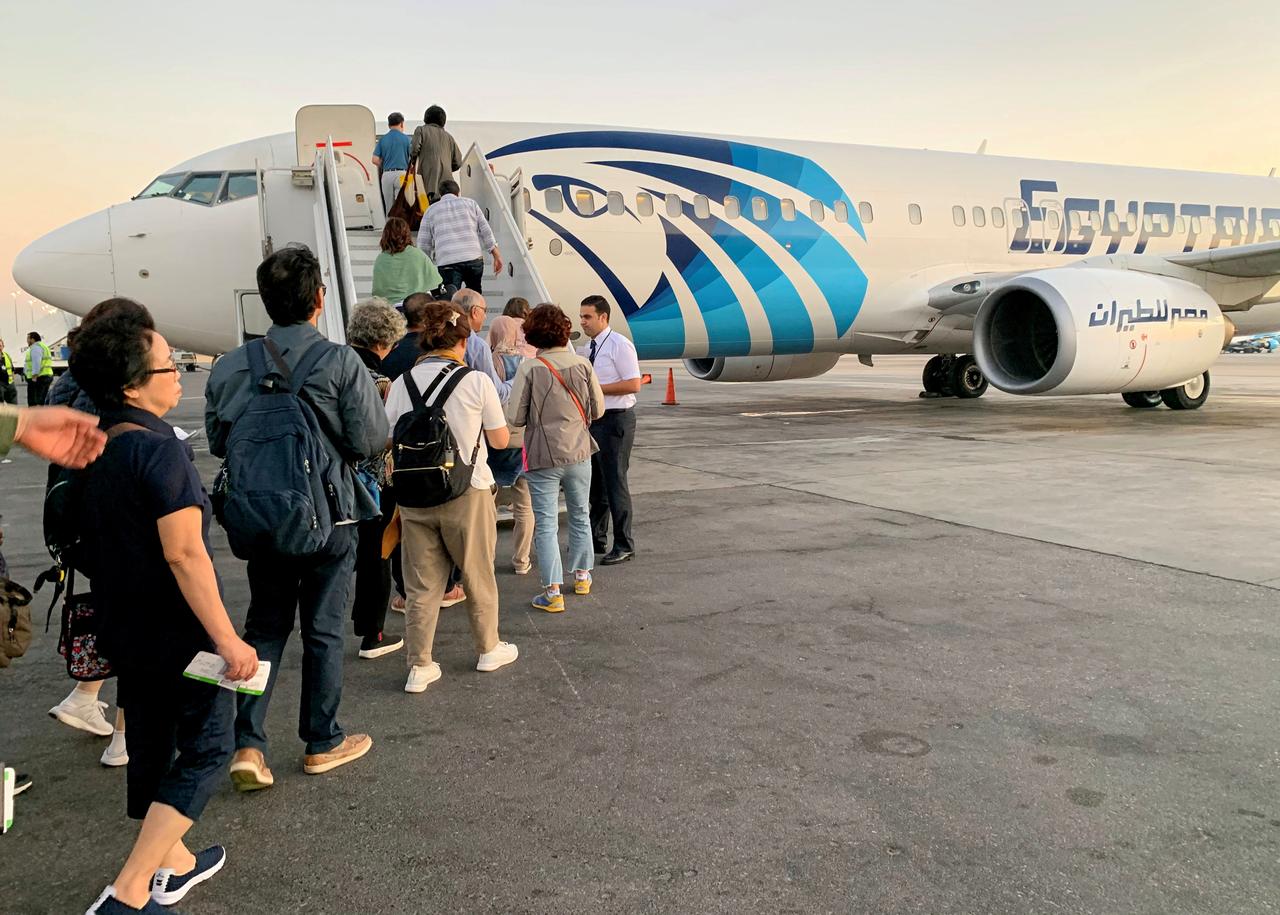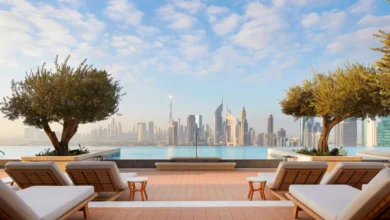A World Heritage Site is a natural landmark such as a mountain, lake, jungle, desert or even a city that is listed by the United Nations Educational, Scientific and Cultural Organization (UNESC O) as boasting “particular significance”. These landmarks are listed by the International World Heritage Program.
One such example is the world famous Gunung Mulu park on Borneo, Malaysia. The park is protected by the state of Borneo as a world heritage site due to its spectacular and unique rainforest.
As you leave the tiny Mulu airport and enter the park, you are exposed to a world that you could never have imagined existing. Tree covered mountains, an abundance of exotic birds and the majesty of the jungle engulf you on all sides. All of these enforce the impression that you are at the heart of the Earth and it’s urging you to explore.
As you cross the skywalk bridge that connects the outside world, you find yourself mesmerized by the sounds of the jungle. Birds, monkeys and other unidentifiable animals voice their anger as you interrupt their peaceful afternoon. You walk on through the wooden paths connecting the facilities and see signs directing you towards different jungle trails. Many of these are only accessible with an experienced guide who can teach you about the characteristics of the jungle.
On our trip, we arrived early in the evening to experience the night tour. After sunset, a guide took us on a 90 minute tour to experience the sights and sounds of nocturnal jungle life. Joining the hundreds of species that use this time to hunt or nest, we noticed roosting birds, fireflies illuminating the night and fungus vibrating in the dark.
Rising early the next day, we took an early morning longboat ride on the Melinau River to visit two of the biggest caves in the world: Clearwater cave and the cave of the winds. On our way we stopped at one of the local villages where we met the indigenous people of Sarawak Island, who were resident in the jungle before they settled down in the village and sent their children to work in the park.
There, we enjoyed the company of a guide named Henry Lah Lucin, who happily answered our questions about the culture of his people, their religion and the role of women in their society.
“I am Christian now,” he said proudly before proceeding to tell us about their culture.
He told us the story of a pair of twins who had quarreled with their mother and tried to leave the jungle, but wherever they went they found the river blocking their path to freedom. Eventually, they decided to try and jump over the river. One of them succeeded but the gods turned him into a tiger whereas the other fell in and was transformed into a crocodile. ‘That’s why we never hunt these animals,” Henry explained.
When we arrived at the caves we were greeted by the sight of the mouth of a huge underground river which had been formed over millions of years. Beautiful formulations had been created by the endless flow of water over the centuries.
After the visit we experienced the joy of swimming in the crystal clear water where the river flows from the cliff face. We then walked on to the Deer cave which is home to the largest cave passage in the world.
We saw the natural phenomenon of a rock formation in the image of former US President Abraham Lincoln before enjoying the unbelievable sight of the bat exodus where thousands of bats circle above you as they prepare to leave their place of rest for the coming night. We looked on as they appeared to take on a ribbon formation as they emerged from the cave.
The next morning we decided to enjoy the 480 meter Mulu canopy skywalk, which is the world’s longest tree based canopy walk. There, we walked through the towering treetops where the forest pulses with life.
One thing we did not see a great deal of in Mulu were monkeys. These were in abundance however at another world heritage site nearby: Bako park.
The most important advice one can be given about Bako park is a warning. Macaques (a type of monkey) are not friendly animals and you should keep an eye on your food and belongings when amongst them. They would pounce at the mere sight of a chocolate chip cookie!
Despiet this, Bako park is an extremely interesting place to visit. With its abundandt wildlife, jungle streams and waterfalls, interesting plant life and secluded beaches, Bako allows each visitor an amazing view over the rainforest of Borneo. While the trekking trails in Mulu park are easy to navigate, with wooden paths cleaned regularly for ease of access. Bako allows you a truly awesome experience of this magical place. It is also the oldest national park in Sawarak Island and was opened to the public all the way back in 1957.
The most memorable thing about Bako park is its abundant beaches, where you are treated to total seclusion as you watch the beauty of the place unfold around you. We decided to take the boat to one of these beaches to allow ourselves to see the Bako park Sea stack, which is a beautiful rock which appears to grow out of the Sea.
The accommodation and food were much better at Mulu than Bako but it seems that the management are addressing this with new facilities due to open that will allow guests to better enjoy the wonderful sights of this majestic haven.




